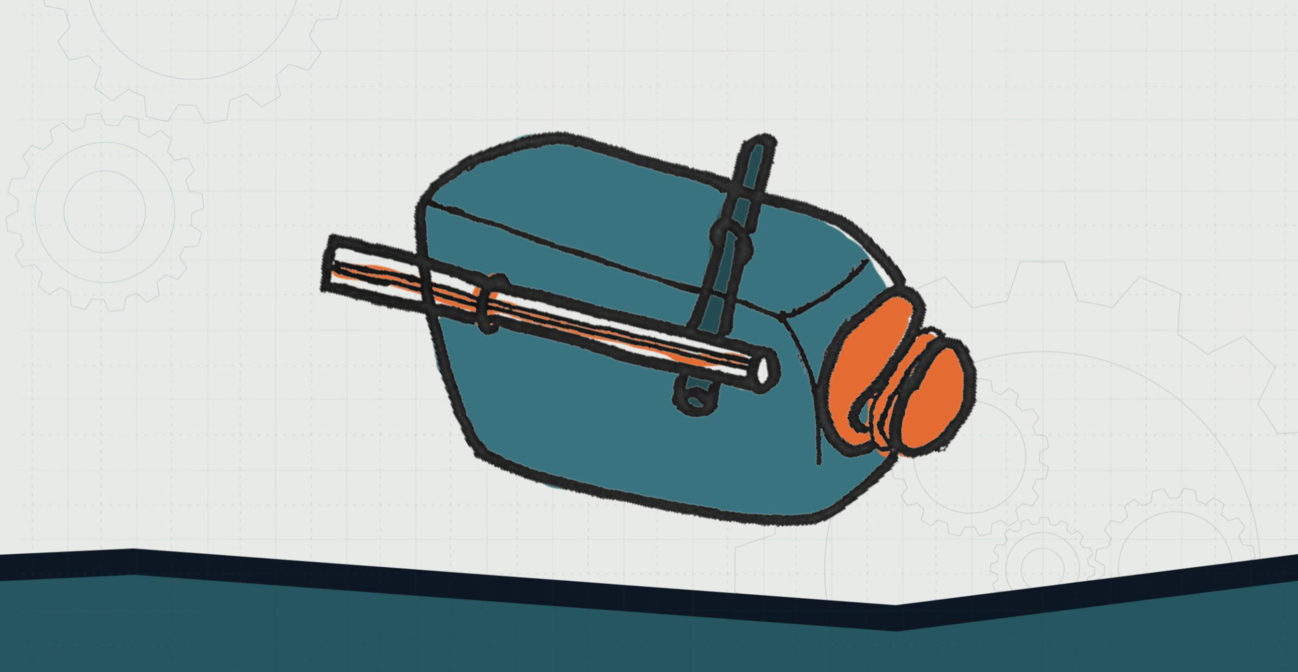Join us for conversations that inspire, recognize, and encourage innovation and best practices in the education profession.
Available on Apple Podcasts, Spotify, Google Podcasts, and more.

MIDDLE SCHOOL – LEVEL 1
The flute is a musical instrument in the woodwinds family. It is unique in its category of instruments because it’s reedless and produces sound by the flow of air across an opening. The bottle flute is easy to make, fun to play, and will fit right in with our recycled symphony. We used a small plastic container for ours, but try some other shapes and sizes.
MATERIALS NEEDED:
❏ Plastic bottle
❏ Rubber bands
❏ A balloon
❏ 2 large straws
DIRECTIONS:
OBJECTIVE: Students will be able to investigate the differences between transverse and longitudinal wave pulses through guided inquiry.
ESSENTIAL QUESTION(S):
Explain to students that his module will lead up to them inventing and building musical instruments.
NGSS CONNECTION:
MS-PS4-1. Use mathematical representations to describe a simple model for waves that includes how the amplitude of a wave is related to the energy in a wave.
MS-PS4-2. Develop and use a model to describe that waves are reflected, absorbed, or transmitted through various materials.
COMMON CORE CONNECTION:
ELA/Literacy
SL.8.5 Integrate multimedia and visual displays into presentations to clarify information, strengthen claims and evidence, and add interest.
Mathematics
MP.2 Reason abstractly and quantitatively.
MP.4 Model with mathematics.
6.RP.A.1 Understand the concept of a ratio and use ratio language to describe a ratio relationship between two quantities.
6.RP.A.3 Use ratio and rate reasoning to solve real-world and mathematical problems.
7.RP.A.2 Recognize and represent proportional relationships between quantities.
8.F.A.3 Interpret the equation y = mx + b as defining a linear function, whose graph is a straight line; give examples of functions that are not linear.
DOK:
Level 3: Strategic Thinking
Level 4: Extended Thinking